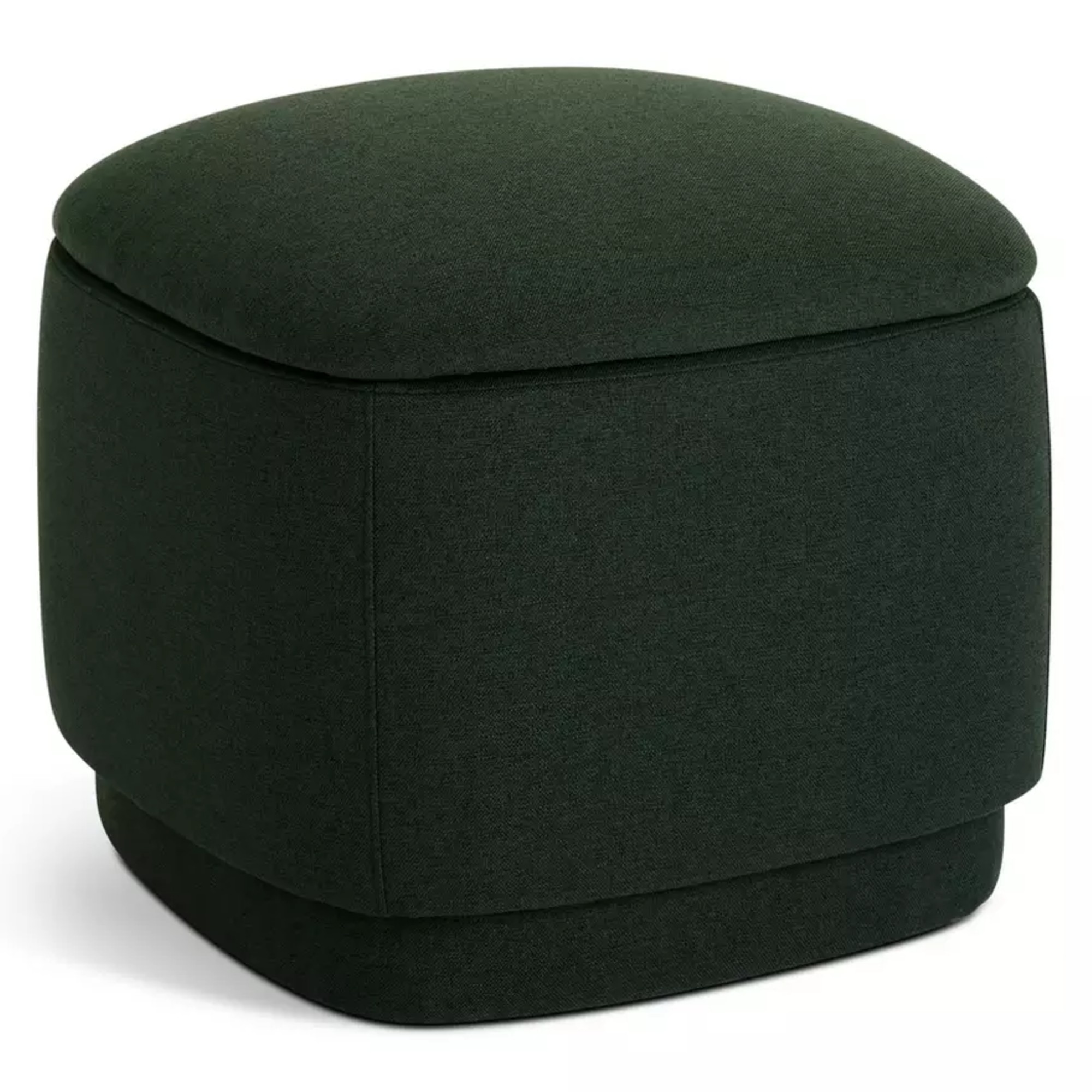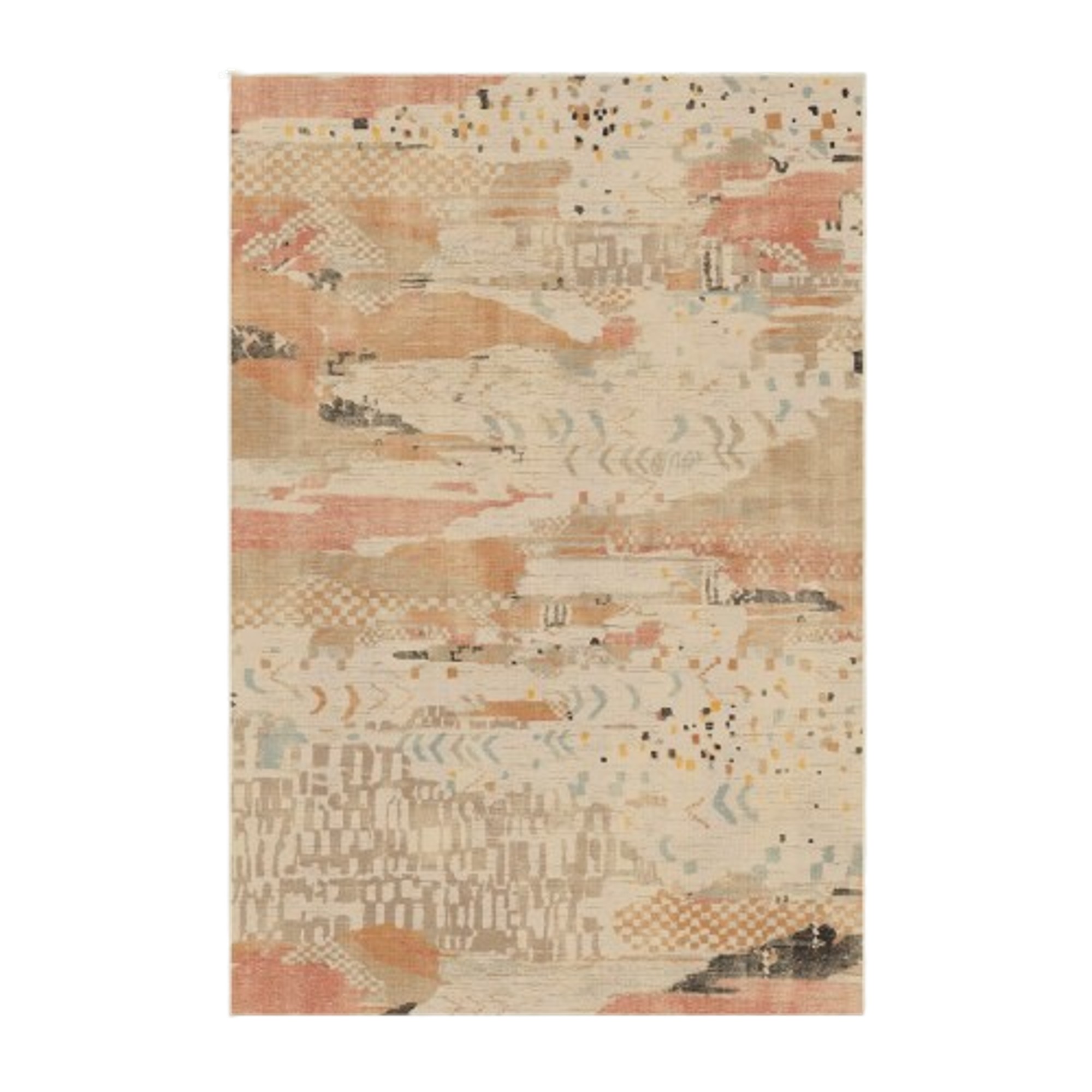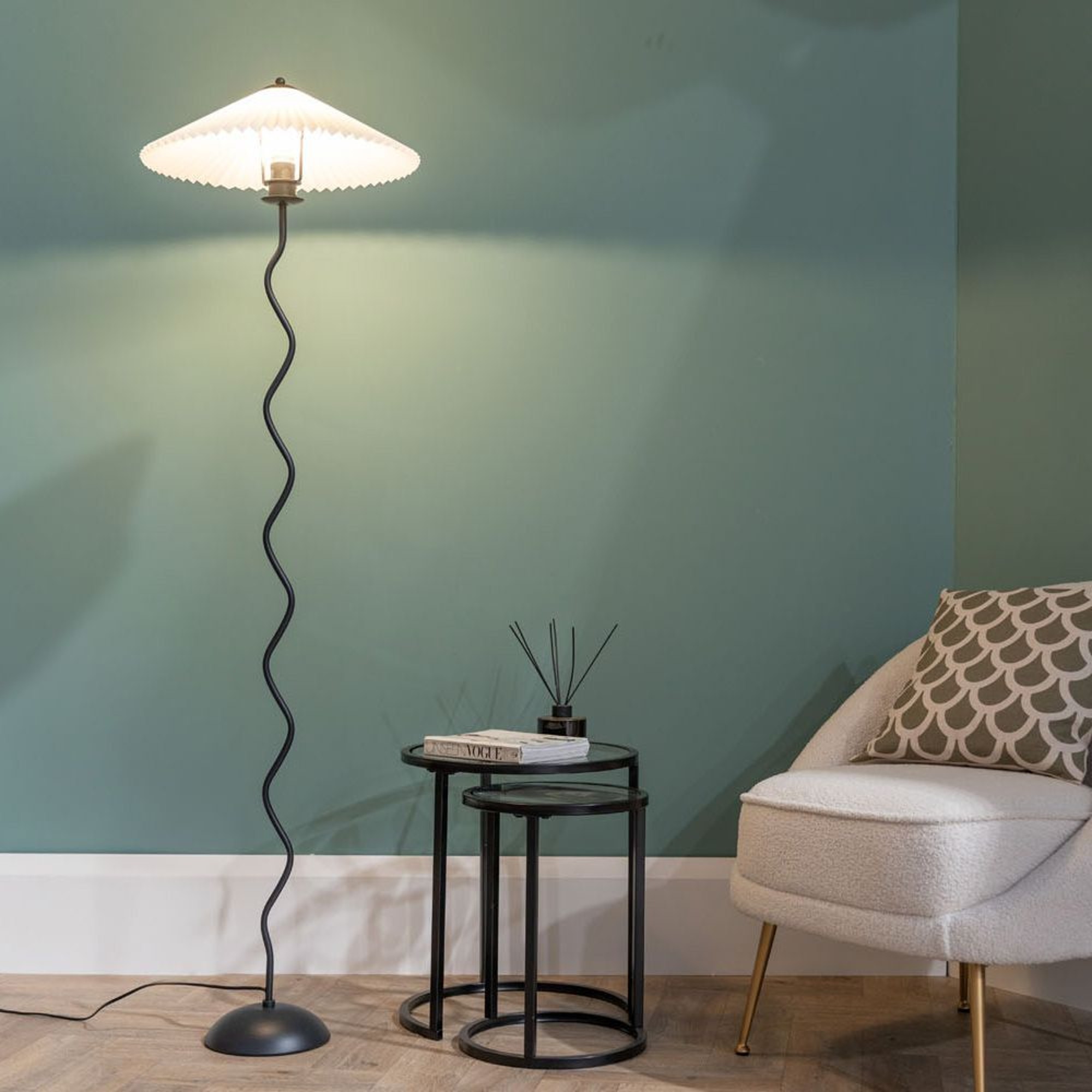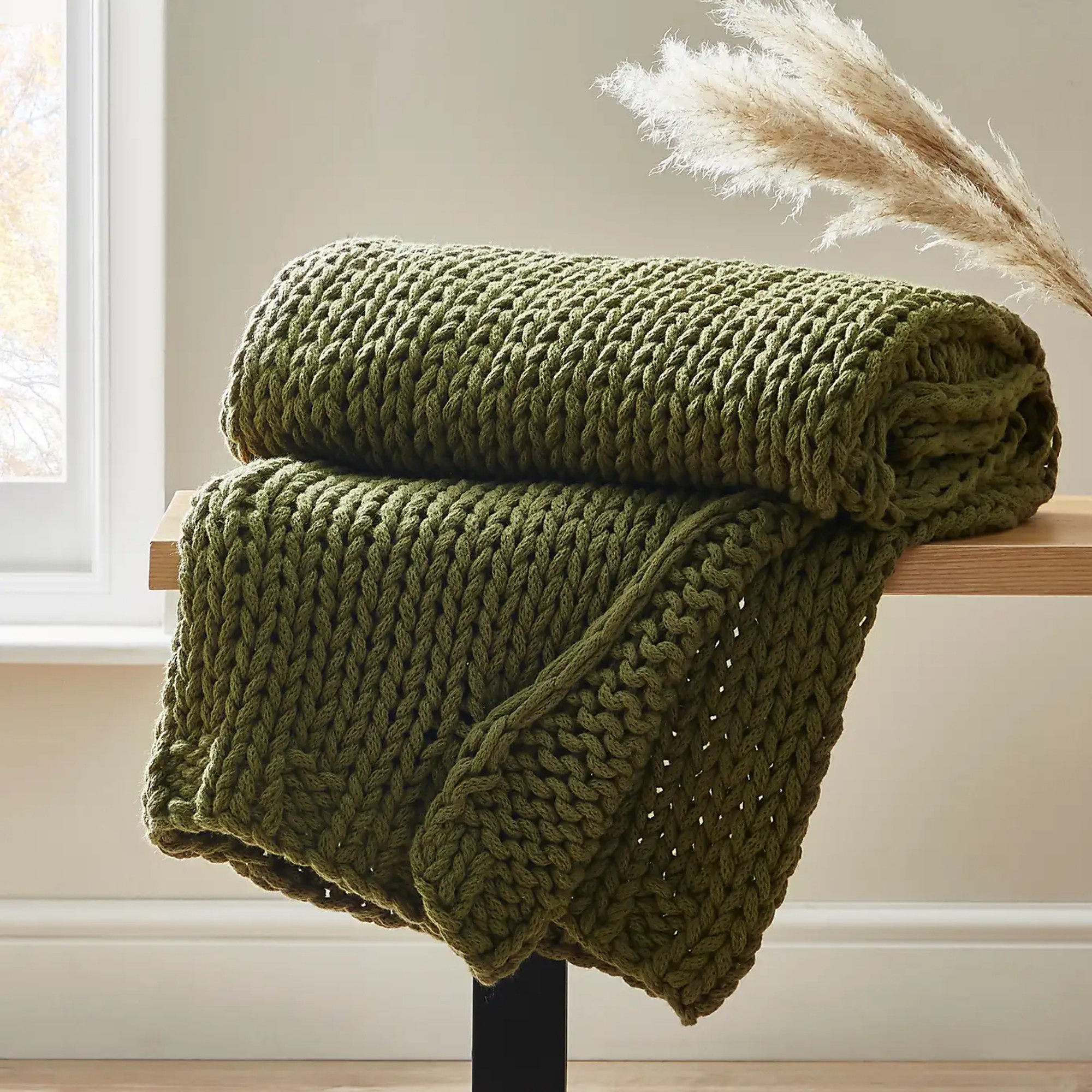12 common family living room mistakes that experts warn against – this is what to do instead to create a cosy, stylish and practical family living space
These are the errors you should avoid at all costs for an elevated yet practical family living room for the the whole fam to enjoy

Sara Hesikova

Your family living room is a space where the whole fam gets together to relax, watch a movie, do some activities and just generally spend some quality time in each other’s company. And that’s why the design of the space should cater to its purpose and why you should try and avoid making these family living room mistakes.
When it comes to family living room ideas, comfort, practicality and multifunctional features should be prioritised and balanced with style and aesthetics so that it’s a space that appeals both to adults and kids alike.
‘In a busy family home, choosing style over substance is a mistake you’ll feel with every spill, scratch, and scuff,’ says Neel Bradham, CEO of flooring brand Parador. ‘Aesthetic choices should never come at the cost of durability.’
Family living room mistakes to avoid
At the same time, the aesthetics of your family living room should not be overlooked, especially if it’s a space you yourself spend a lot of time in and tend to entertain guests. It should also be a presentable, elevated living space – but actually, many of the practical tips also help create a chic family living room. So it's a win-win at the end of the day.
1. Focusing on trends too much
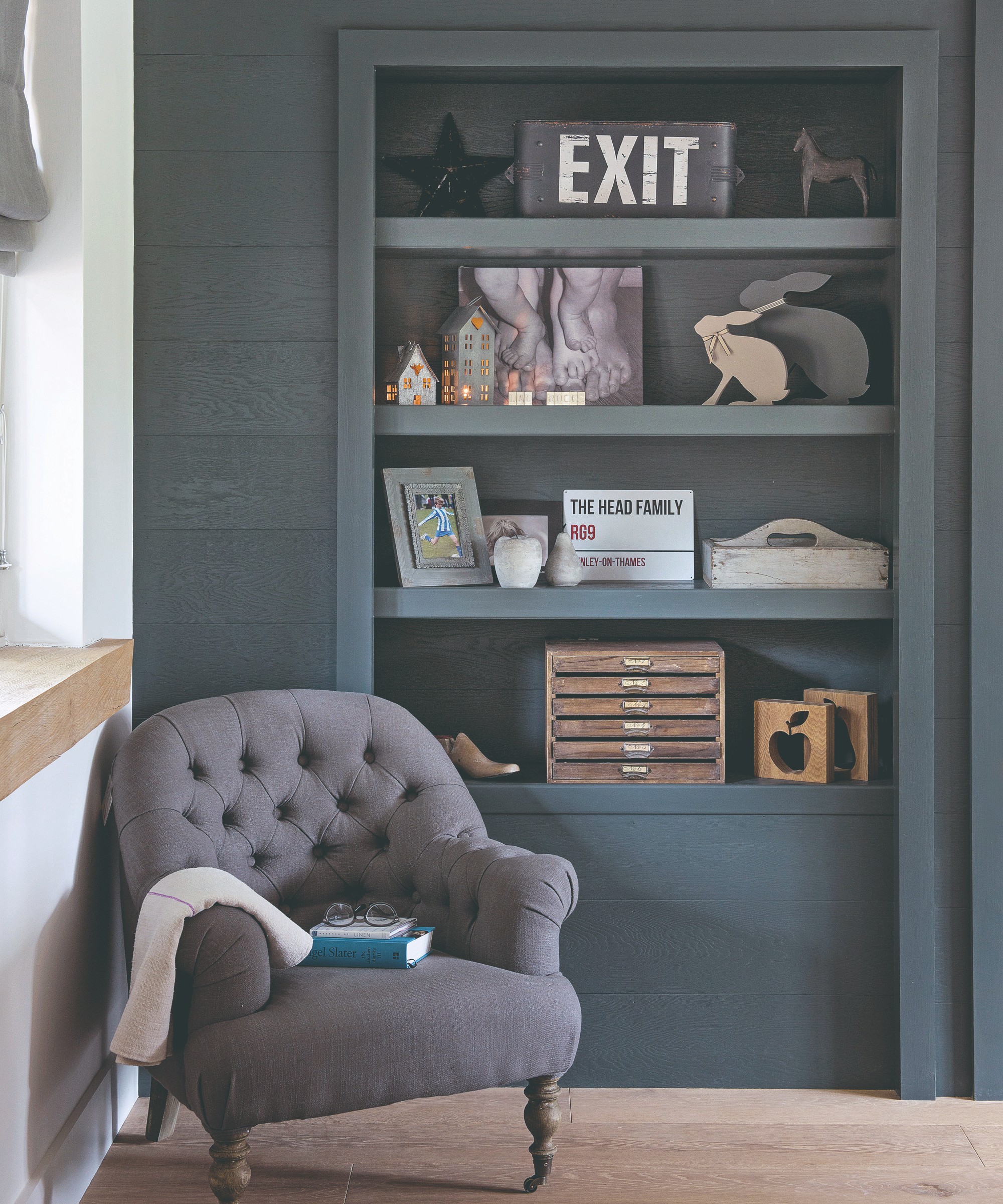
As much as we love home decor trends for keeping a space feel up-to-date, you should never follow them hastily and make them a priority. Instead, focus on your own style and practical solutions.
‘Many people are influenced by trends or Instagram inspiration, but forget to consider how the space will be used day to day,’ says Monika Puccio, head of buying at Sofa Club. ‘Start with your lifestyle, not just style. Ask yourself – how do we use this space? What’s realistic for our family?’
2. Lack of zoning
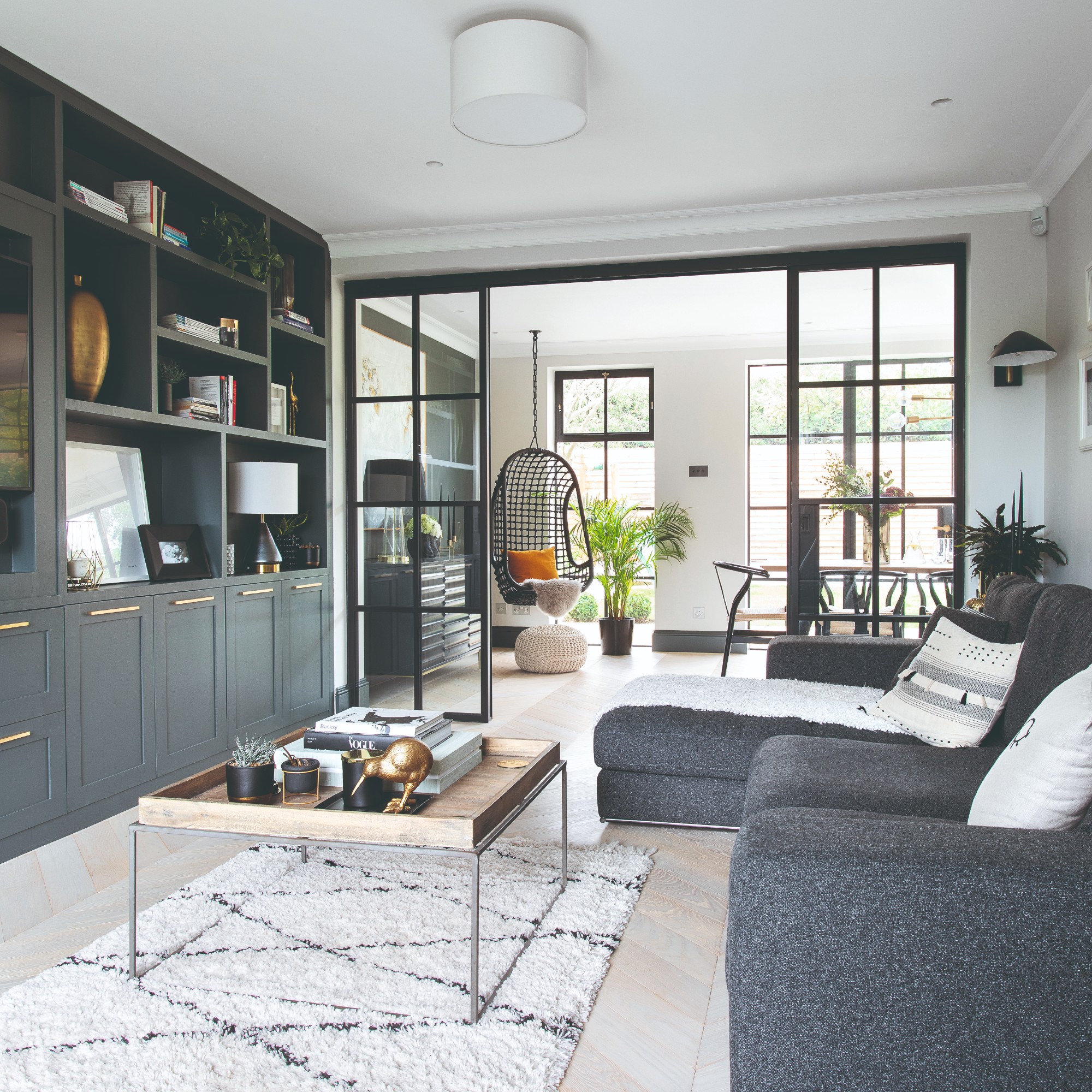
Most living rooms are used for more than one purpose – and that’s especially true in a family living room where it needs to serve more people at once. And zoning the space is one of the best ways to arrange a living room in order to keep it organised and clear where to do what.
Sign up to our newsletter for style inspiration, real homes, project and garden advice and shopping know-how
‘A well-designed family living room should feel cohesive and easy to navigate, with each area serving a clear purpose,’ says Bo Hellberg, CMO at Scandinavian design company, String Furniture. ‘Floor-to-ceiling shelving systems offer an elegant solution to this common issue. Open, floor-to-ceiling shelving can create distinct zones within a room, acting as a stylish room divider that provides added storage and delineates space while still allowing light to pass freely through the room.’
3. Scrimping on storage
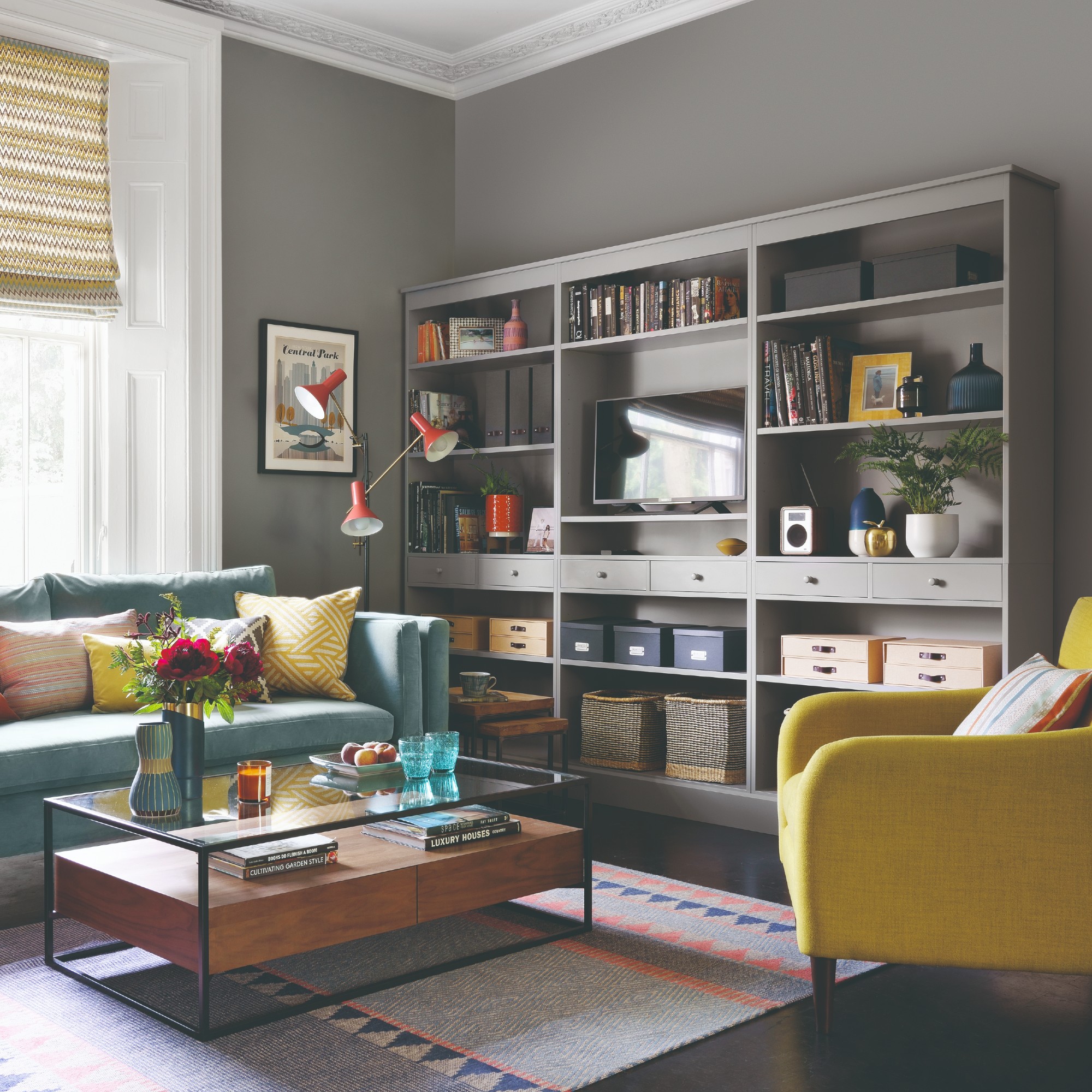
Family living rooms are meant to be laidback spaces where the whole family can kick-back and relax but there’s nothing relaxing about lounging in total chaos. Allocating ample storage is an obvious solution, but it needs to be a little more considered when children are involved.
‘Incorporate accessible and varied storage solutions such as open shelves, storage ottomans, and labelled bins at varying heights to enable kids to store away toys and books easily,’ advises interior designer Keely Smith, from Home Stratosphere.
‘Consider furniture with built-in storage or a stylish, kid-friendly storage wall. A blend of enclosed storage for less aesthetically pleasing items and open storage for toys and books can be visually appealing and functional. Making storage part of the decor with attractive bins or baskets can also assist in maintaining a tidy yet stylish family living room.'
4. A dodgy layout
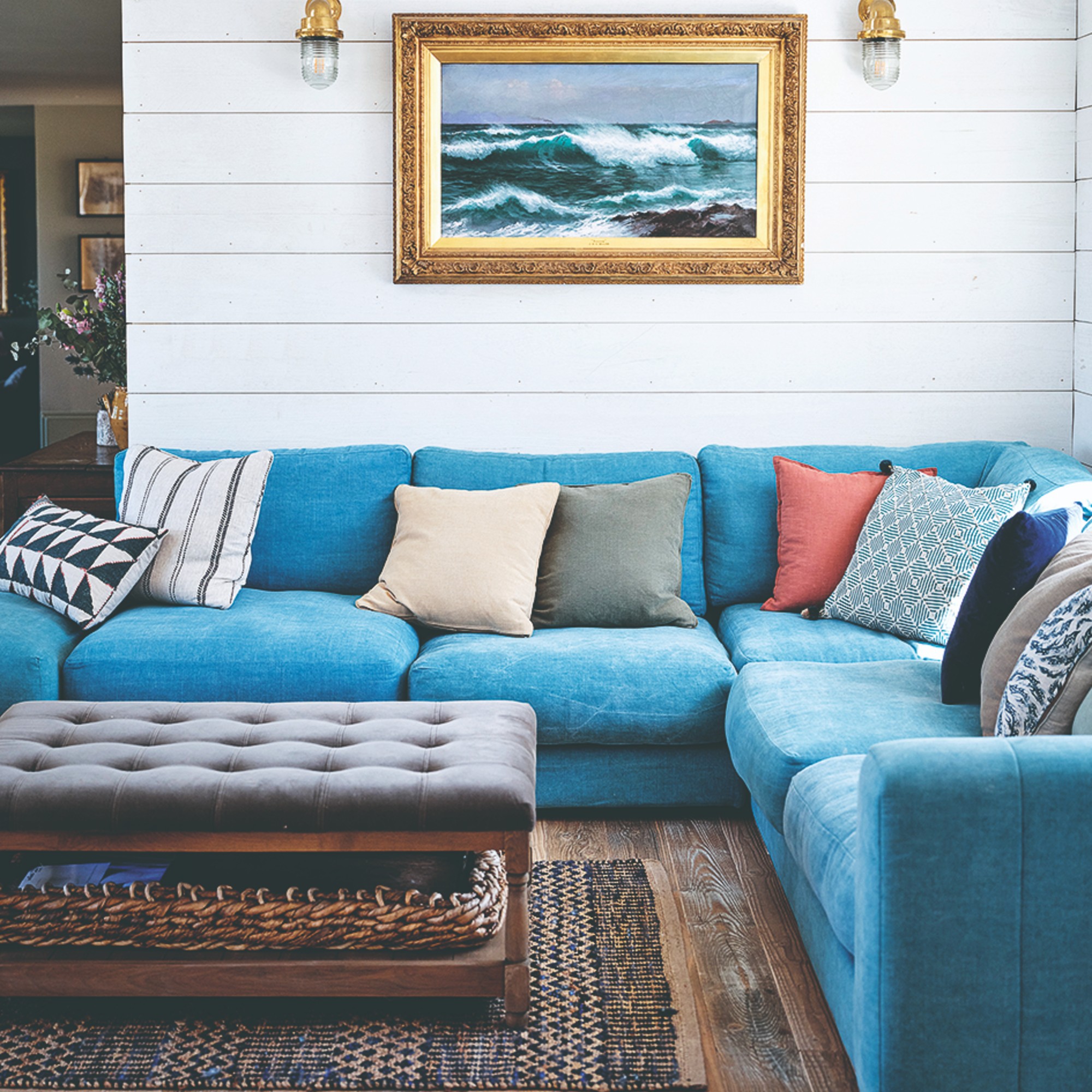
Creating an easy, effective flow of traffic in and around your living room is key for your family's comfort. ‘As much as you might like your favourite ottoman in a certain spot, placing it or other items in a natural pathway might lead to unplanned trips and trip hazards!’ says interior designer Nicolene Mausenbaum from Dezyna.
Monika at Sofa Club continues, 'Floating all the furniture against the walls or blocking natural pathways can make a room feel awkward or disconnected.
It’s important to create a layout that encourages conversation and flow. Plan your layout before purchasing anything. Use masking tape to outline furniture dimensions on the floor. Consider how people will move through the space – leave enough room for walkways and comfort.'
When arranging living room furniture, make sure there are clear, unobstructed pathways, but always consider the overall size of your room and furniture to avoid awkward groupings. Don’t get too stressed by layout planning though, you can always adjust and tweak furniture placement as your family grows.
5. A lack of seating
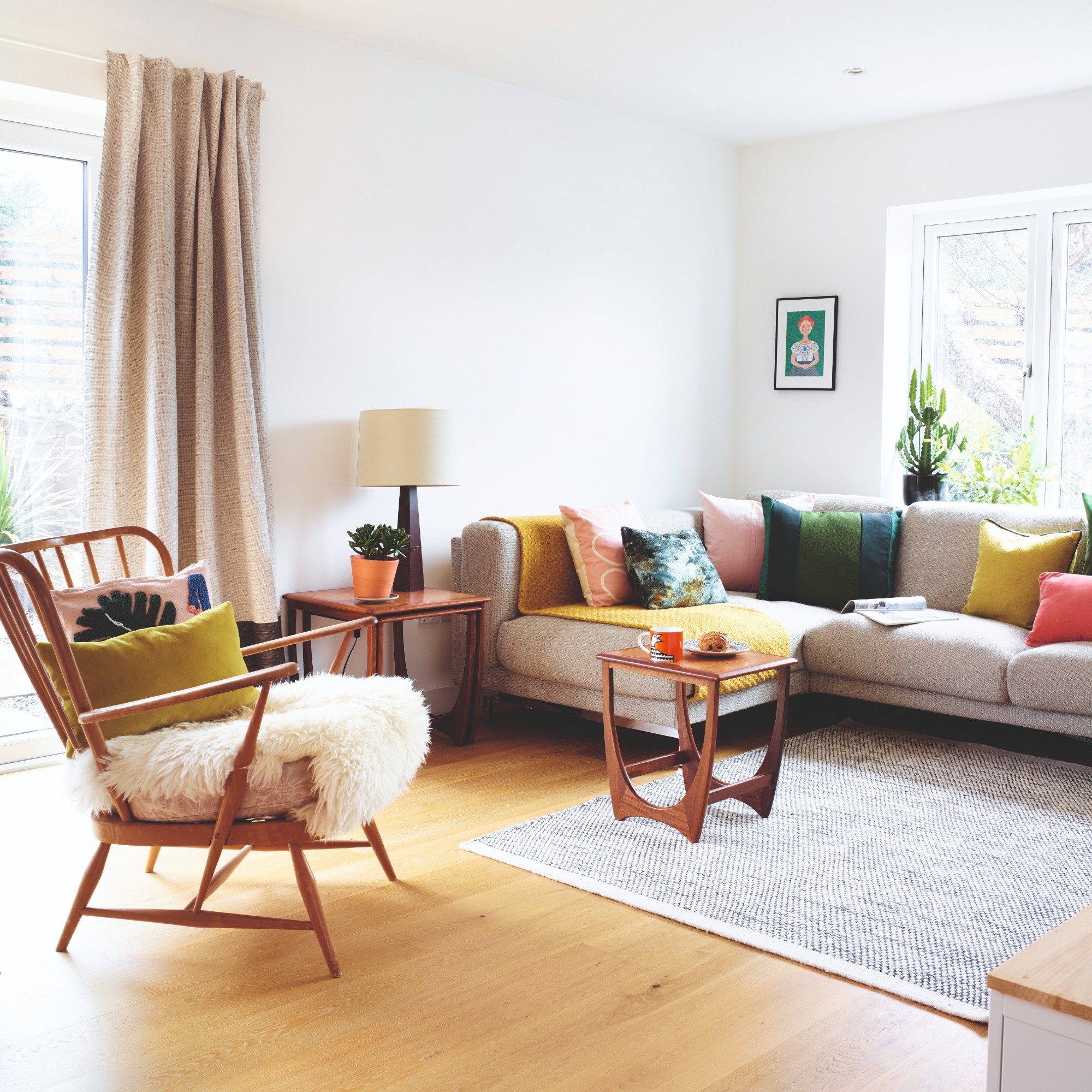
Only a mad parent would fail to secure sufficient bums-on-seat space for their entire brood in a family room – just imagine the cushion fights! But it’s always worth allowing space for a couple of extras for when friends and/or extended family come over for movie night.
Choosing inadequate soft seating is one of the common family living room mistakes that can lead to a cramped and uncomfortable space, so it’s important to choose pieces that are comfortable, durable and that fit the scale of the room.
‘For your living room seating consider a mix of seating options such as a sofa, armchairs and ottomans with built-in storage to keep blankets and other items stored away,' says Emma Deterding, creative director of Kelling Designs. 'And be sure to leave enough room between pieces for easy movement.'
‘Also include functional pieces such as coffee tables and side tables and storage furniture to help keep everything organised and stored away neatly.’
6. Scruffy paintwork

Designer paint brands with chic chalky finishes may make your heart sing but they have no place in a family living room. ‘Even cleaning surfaces painted with standard emulsion can lead to the paint being vulnerable to fading, wearing down, or developing a rough, uneven texture over time, increasing the effort required for upkeep,’ says Jamie Hancox, managing director of paint brand Tikkurila.
It's worth taking the time to track down a truly scrubbable paint for your family living room. ‘Look for a paint with a high scrub rating – Class 1 is the highest attainable wet scrub resistance rating. This rating indicates superior durability and identifies a paint that has been suitably designed and tested to withstand rigorous cleaning and scrubbing without having any negative impact on the appearance of your walls.'
7. Dull decor
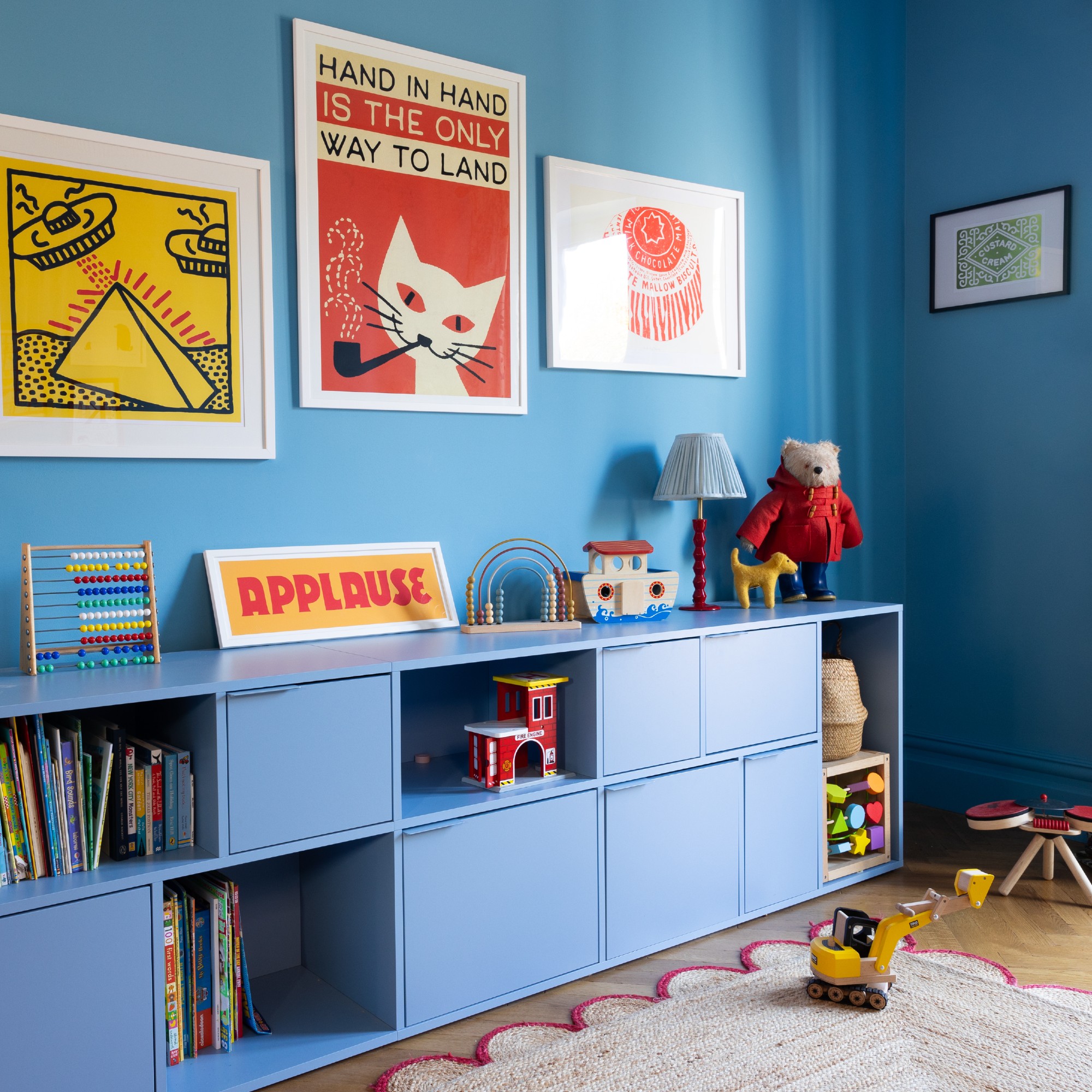
The colours and patterns you choose can really affect the mood and feel of a space, so avoid family living room mistakes by bringing life, colour and most importantly, your family’s personality, into the room.
‘Some people are afraid of using colour and pattern, as they may not know how to use them properly, and this is definitely a mistake when it comes to family living rooms,’ says Emma from Kelling Designs.
For a cohesive look, choose two to three colours that complement each other, and use these across the space for a balanced feel. ‘A family room should be about the family living within it, and should be a reflection of your entire family, so it’s important to incorporate meaningful decor items such as family photos, artwork created by family members and even souvenirs from holidays.'
8. A lonely pendant light
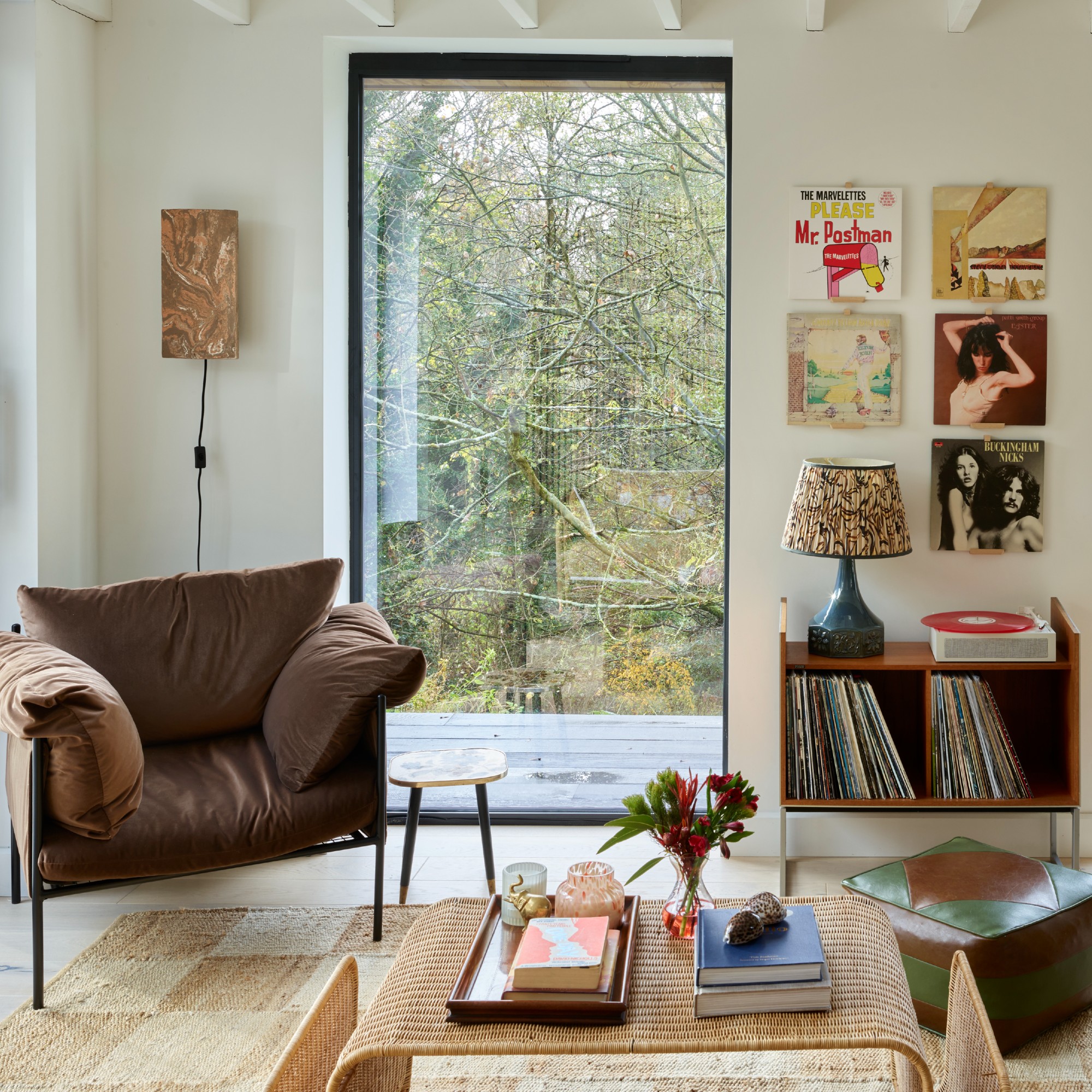
As one of the busiest rooms in the house, the family living room is often multifunctional and in use by different family members throughout the day and night. Not planning a flexible lighting scheme to suit various needs is a common mistake that can disrupt the room’s ambience and ease of use.
‘It is very important to use several different sources of light to create depth, warmth and balance within the home,' says Magdalena Gierasinska, head of product and displays at Barker and Stonehouse. 'Consider task, ambient and accent lighting. Ambient lighting is the general lighting that illuminates a room - it doesn’t have to be a harsh overhead light – a floor lamp is a great source of ambient lighting too.'
'Accent lighting enables you to highlight particular areas or features of a room such as a artwork or a piece of furniture. And task lighting is functional lighting that enables you to perform particular tasks, such as reading. A mix of decorative table lamps in different heights are a perfect choice for this.'
9. All hard flooring
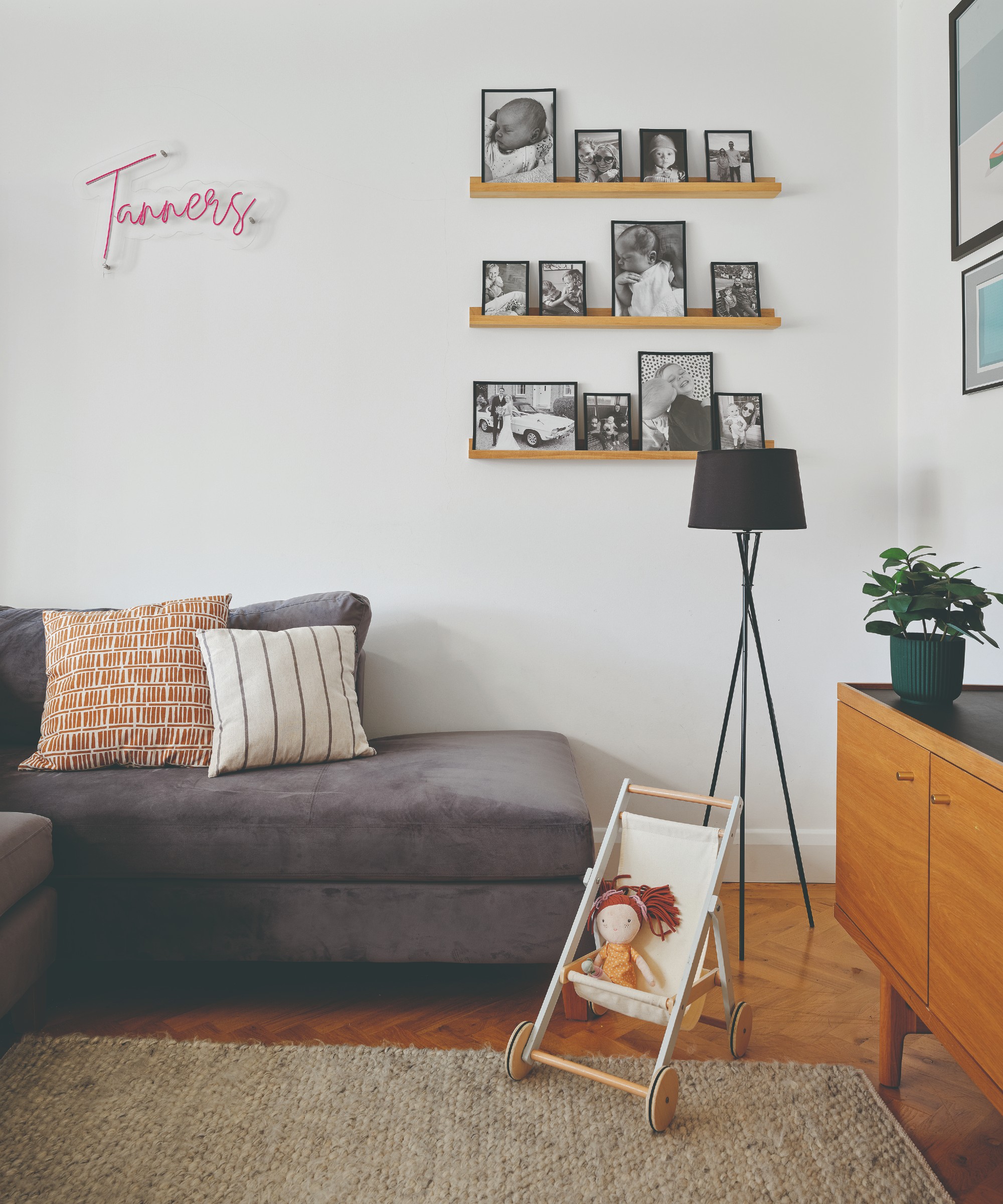
Installing hard flooring like laminate or tiles may be tempting from an easy maintenance stance but it’s one of the family living room mistakes that's often seen. This is especially true if your children are likely to be playing on the floor or lounging on bean bags.
‘While hard flooring is a practical and hardwearing solution for a busy family home but in a family living room it can be cold, uncomfortable and uninviting,’ says Daniel Prendergast, design director from The Rug Seller. To enjoy the best of both worlds for living room flooring, Daniel recommends combining hard surfaces with a strategically placed rug.
‘There are lots of fantastic washable rugs on the market today, which are a great option for families with young children. Look for rugs with a shorter pile and darker colours or patterns are brilliant for disguising any stains or spills,’ he explains.
10. Buying sofas on looks alone
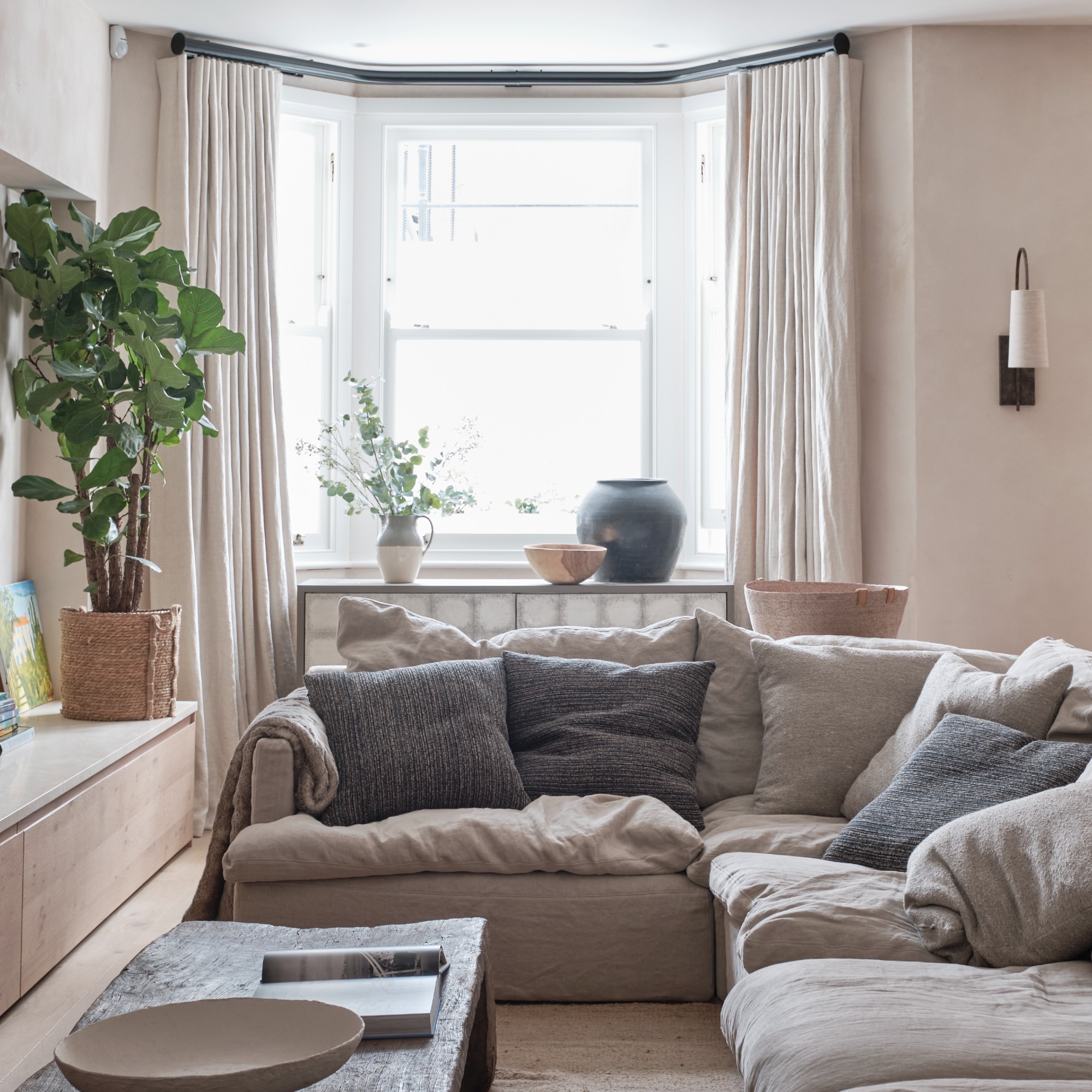
A new sofa is a huge investment, it’s the biggest piece of furniture in your family living room and should last at least 10 years, if not more. There are some truly beautiful child-friendly sofas out there but if you value your Netflix time, don’t go for any too white or stain-prone - these among others are some of the sofa styles to avoid in a family living room.
‘There’s nothing more exciting than removing the wrap off a pristine sofa, but a busy family life means it probably won’t stay that way for long,’ agrees Jemma Jaques, furniture expert at The Lounge Co. ‘The dye from clothing, food stains and muddy pets can all take their toll, so the best solution is to opt for a stain-resistant fabric for your new upholstery. These clever textiles have a built-in resistance to stains, odour and bacteria and if the worst should happen, you can keep your sofa looking as good as new with just soap and water.’
In terms of cleaning sofas, you could make things easier by opting for those with removeable, washable covers are another good choice, provided you do have time to actually launder them. Leather sofas are practical as spills are easier to wipe away, but they can feel cold without plenty of cushions and throws.
‘If your sofa does succumb to a particularly bad stain, the best option is to seek out a professional upholstery cleaner. Leave the bleach or the laundry detergent in the cupboard – they're just likely to make your sofa look even worse.'
11. Overcrowding the room
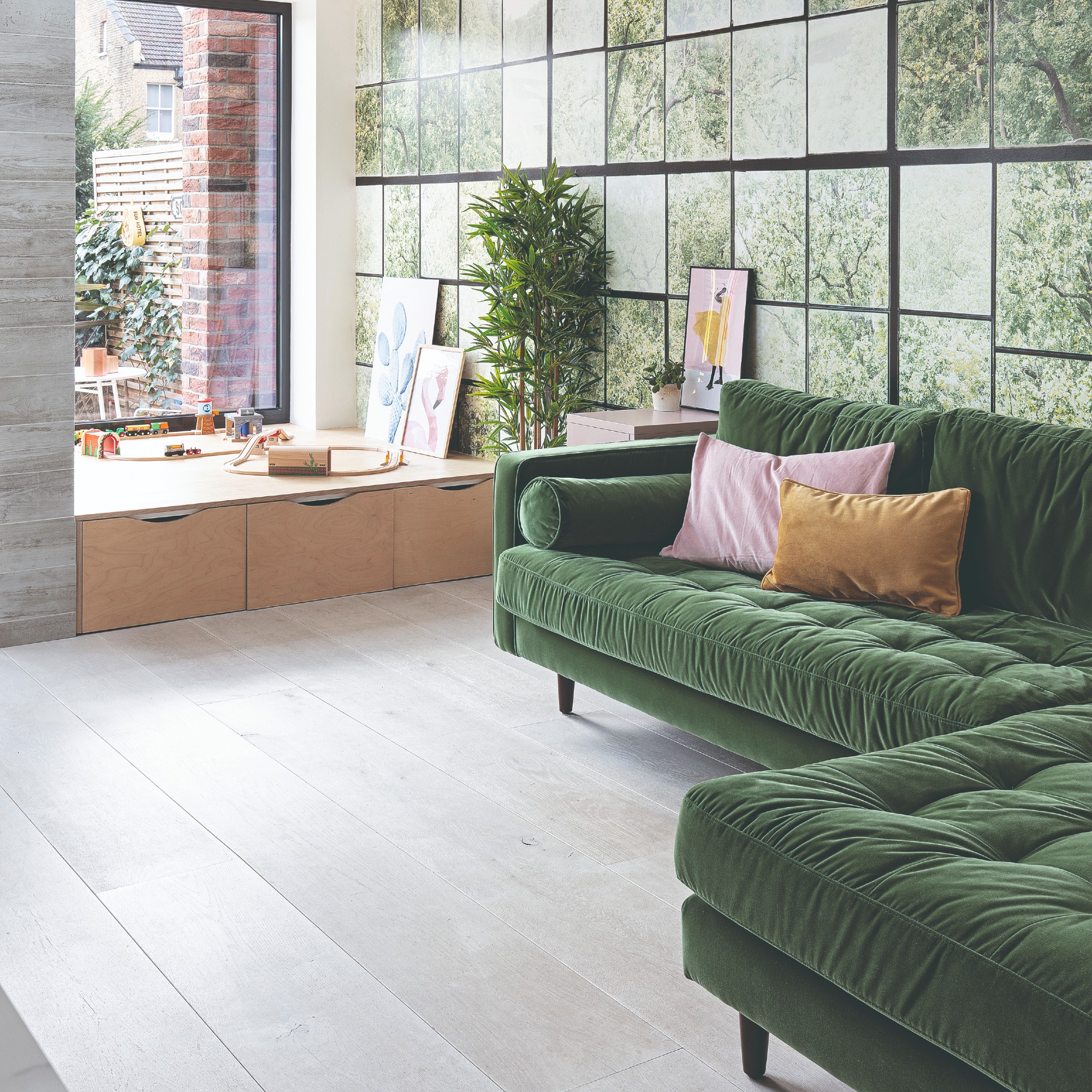
An excess of furniture and frippery is one of the family living room mistakes that makes that space look cluttered, distract attention from any nice features and feel darker and smaller than it really is. If this is your reality, Gareth Coxall, creative director at Terrys Fabrics, recommends a decluttering session before you decorate.
‘If it’s typically strewn with kids’ toys, have a big clear out and invest in a beautiful basket to chuck the rest in once they’ve gone to bed and enjoy a much calmer space to unwind in,’ he says. ‘Should you realise you’ve one seat too many in there, go ahead and upcycle your family living room pieces for other spaces. An old armchair that doesn’t get much love in the lounge can be reupholstered in a contemporary fabric to make a gorgeous feature in the master bedroom, for example.’
As the living room tends to be where families gather to spend quality time together, there needs to be plenty of space for everyone to fit in comfortably so be brutal with your clear out and give everyone a bit more room to relax.
12. Not making it cosy
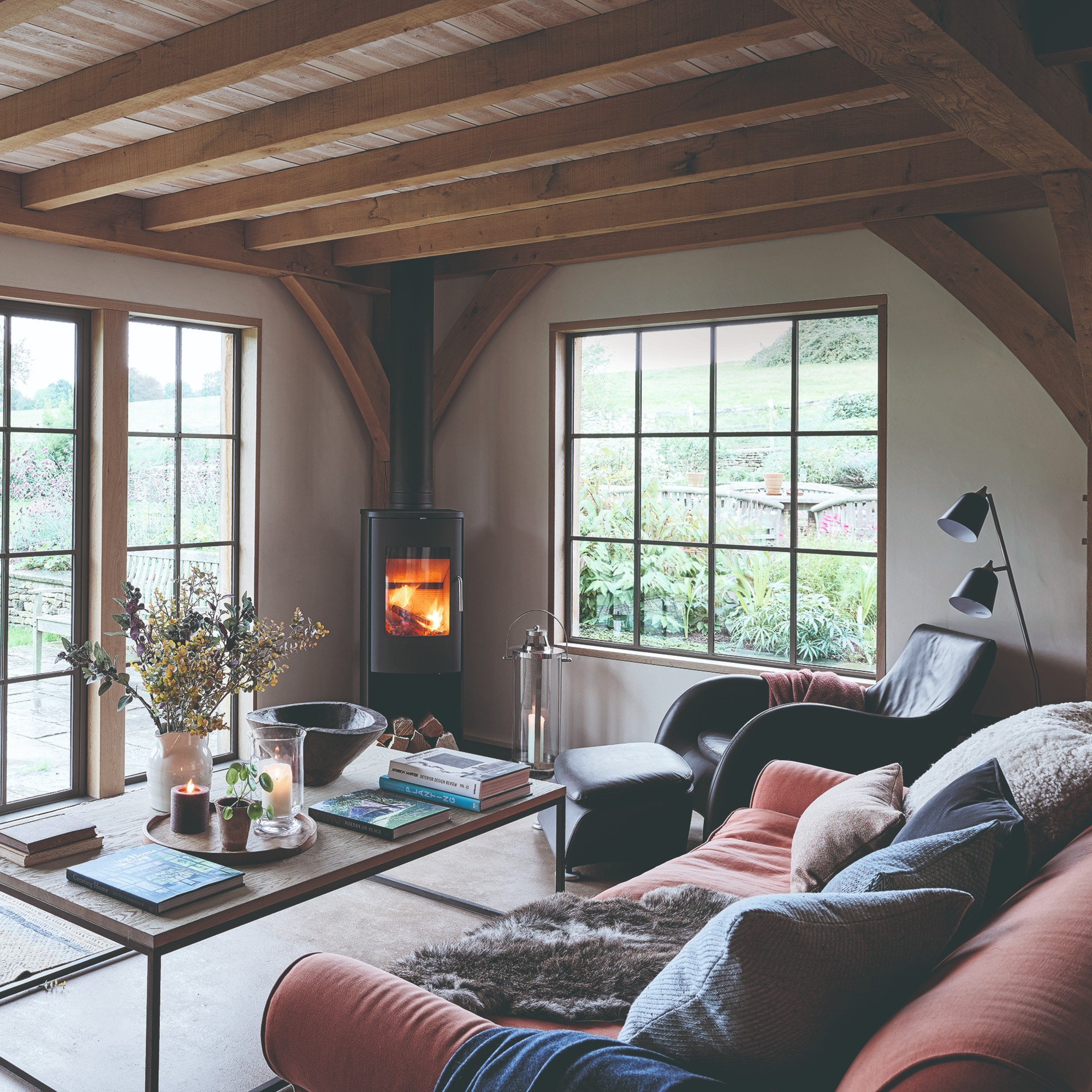
The family living room is the heart of the home, but over-styled aesthetics can often leave the space feeling cold and uninviting. ‘Our ultimate trick to add cosiness is to lean into your soft furnishings and accessories,’ says Suzi Samaddar, room styling expert at furn.com.
‘Think tactile; layer textures through throws and cushions, using fabrics such as velvets and boucle to create a space you just want to sink into. Don’t forget colour choice is important; choose colours rooted in brown tones over cooler greys for ultimate warmth.’

Ranked as the best corner sofa in our best sofa buying guide, the aptly named Goliath sofa from Furniture Village is the perfect choice for a family lounge - it's large and super comfortable!
FAQs
How do you style an awkward family room?
Styling an awkward family room can be a creative challenge but with the right approach, you can make the most of the space. ‘An awkward family room might have unusual dimensions, architectural quirks or limitations that make traditional furniture arrangements difficult,' notes Elaine Penhaul, founder of Lemon and Lime Interiors.
'You need to start by understanding the room's layout, including any architectural features, such as angled walls, alcoves or unusual nooks. Determine where doors and windows are located, as these will impact furniture placement.'
‘Next choose furniture that suits the room's layout and purpose. Modular or sectional sofas can work well in awkward spaces as they can be adapted to fit various configurations and make use of vertical space for storage and decor. Wall-mounted shelves or bookcases can provide storage and display opportunities without taking up floor space, and hanging artwork or mirrors higher on the wall can draw the eye upward thus making the room appear larger.'
‘If you are struggling with an especially challenging layout, consider consulting an interior designer, home stager or decorator. They can offer expert advice on how to make the most of the space.'
What to avoid when decorating a living room?
A successful living room design involves thoughtful furniture placement, well-proportioned pieces, and a balanced approach to colour choices. ‘Firstly, avoid overcrowding your living room with too much furniture. It can make the space feel cramped and cluttered. Instead, opt for a well-thought-out selection of furniture pieces that fit comfortably in the room while leaving adequate walking space,’ advises Kate Palmer, creative director at The Painted Furniture Company.
Be mindful of the flow of traffic through the room too. Avoid placing furniture in a way that obstructs natural pathways. It should be easy for people to move around without constantly manoeuvring through obstacles.
‘When selecting furniture colours, it is best to avoid going too extreme or too monotone. Bright, clashing colours can overwhelm the senses, while an all-neutral palette can lack visual interest. Instead, opt for a balanced combination of colours that harmonise with the room's overall theme and create a cohesive look. Soft blues, gentle greens and warm greys often work well in living spaces and are easy to live with.'
'Finally, resist the temptation to overdecorate with too many accessories and decorative items. Less can often be more, allowing key pieces and the overall design to shine.’
Comfort, practicality and style – those are the three pillars of good family living room design to always keep in mind.

Linda Clayton is a professionally trained journalist, and has specialised in product design, interiors and fitness for more than two decades. Linda has written for a wide range of publications, from the Daily Telegraph and Guardian to Homes & Gardens and Livingetc. She has been freelancing for Ideal Home Magazine since 2008, covering design trends, home makeovers, product reviews and much more.
- Sara HesikovaContent Editor
